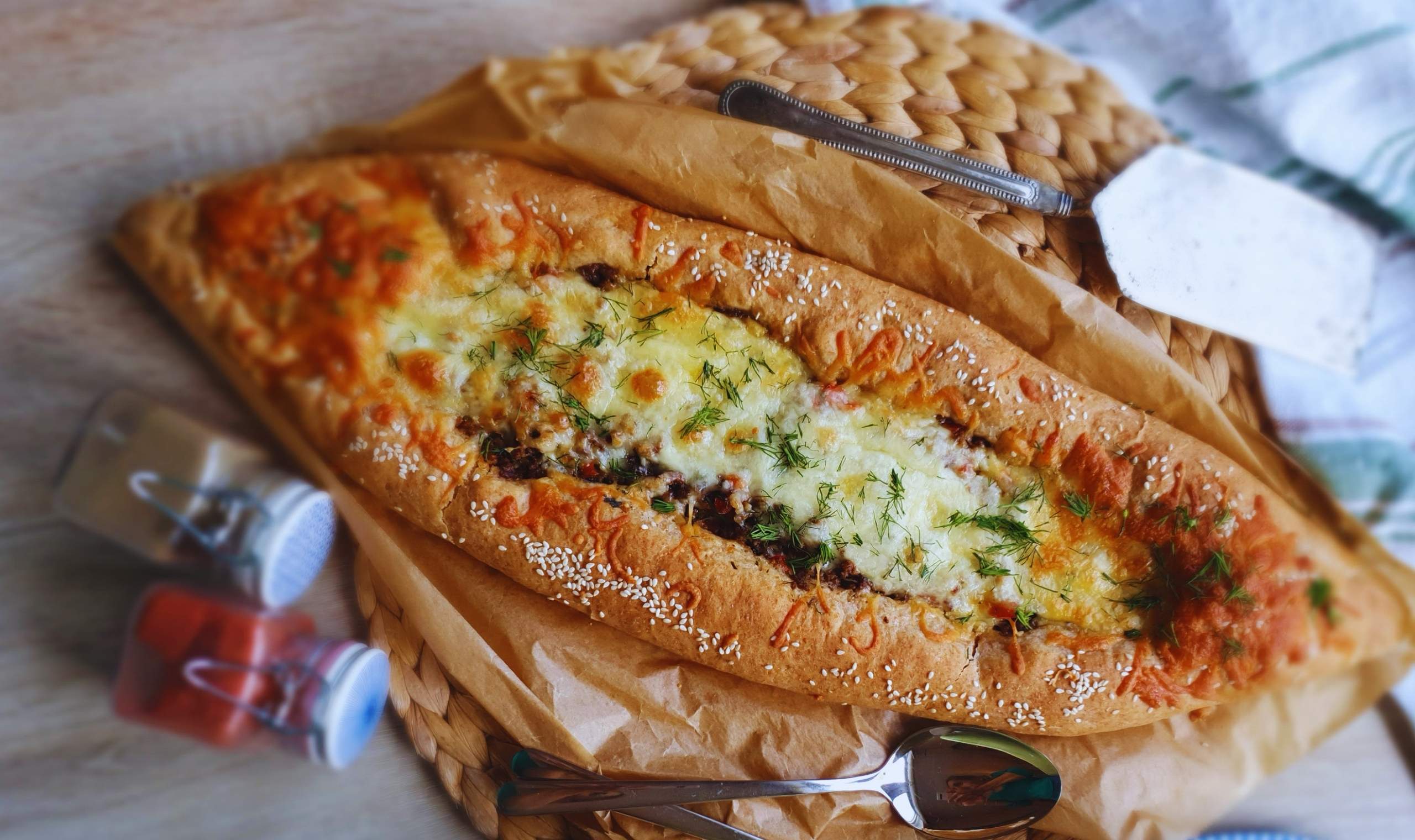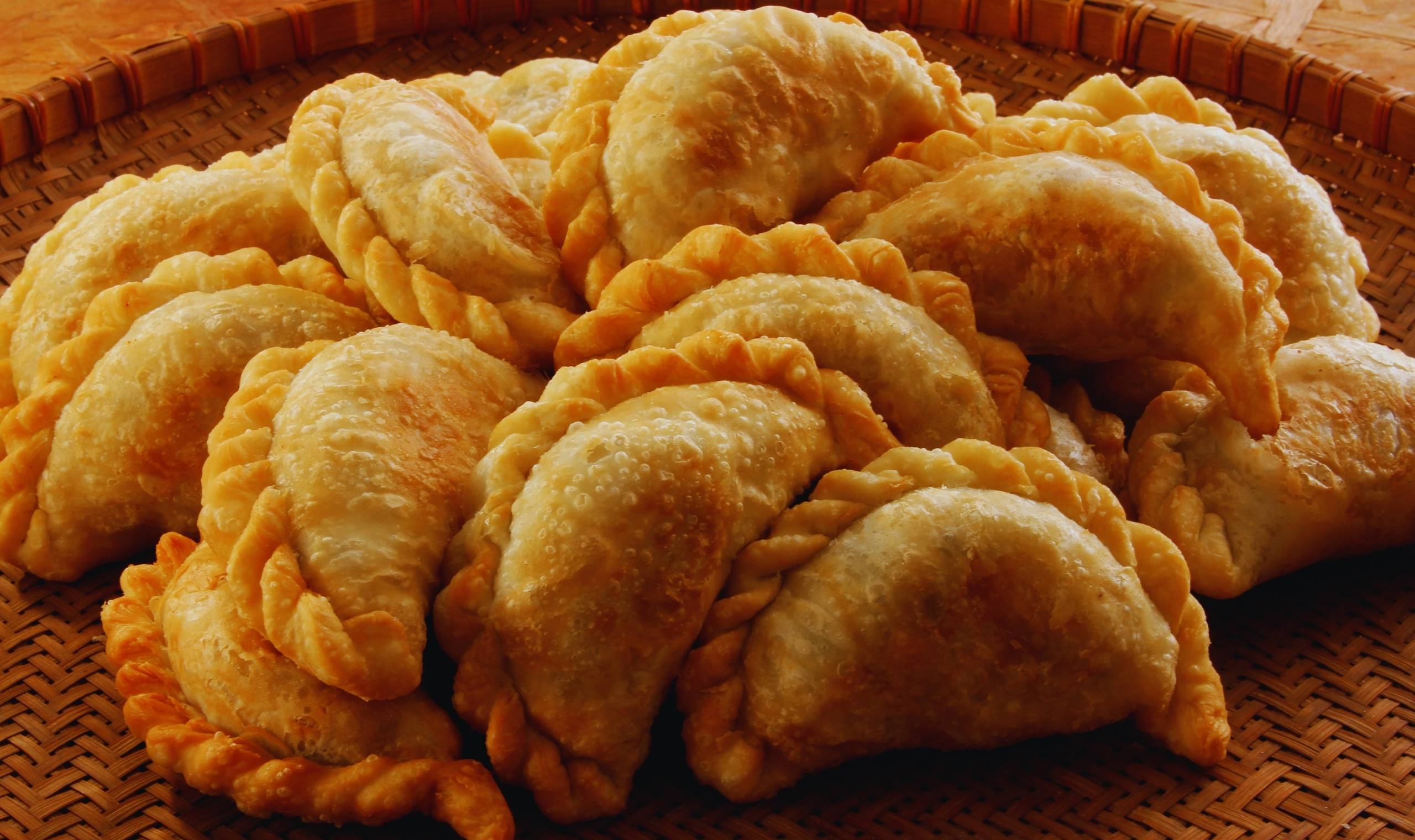Scarpaccia: The Tuscan Courgette Cake That Outsmarts Summer
Scarpaccia. It sounds like the name of a retired Italian opera singer with a dramatic flair for chiffon scarves or perhaps a grumpy but loveable nonna who lives at the end of a winding Tuscan lane, yelling at pigeons and stirring polenta with one hand. But no, scarpaccia is actually something far more thrilling in its quiet way: a humble, barely-there courgette tart that hails from the sun-splashed coast of Tuscany. Not just any tart, mind you. This is the sort of dish that shows up for dinner with no fuss, minimal makeup, and manages to steal the entire show, main course be damned.
Picture this. You’re in Viareggio or Camaiore, those sleepy seaside towns nestled in the Versilia region, where time slows to a leisurely crawl and life is measured in espresso shots, aperitivo hours, and the chime of distant church bells. It’s summer. The air is thick with the scent of pine and sea salt. Courgettes are growing like weeds on steroids, practically elbowing each other for space in the garden. And nonna—yes, the real one—is staring down a mountain of them with a sigh and a wooden spoon. This is where scarpaccia comes in.
The name, rather unappetisingly, derives from “scarpa,” meaning shoe. Don’t be alarmed. It has nothing to do with footwear and everything to do with how laughably thin this tart is. We’re talking thinner than your phone bill if you’ve ghosted everyone. Thinner than that excuse you gave your boss last Friday. It’s rustic minimalism at its best.
There are two tribes in scarpaccia lore. In Viareggio, they do it savoury: a crisp, salty pancake of courgettes, onions, herbs and the barest dusting of flour, like a frittata and a focaccia had a very austere baby. Camaiore, meanwhile, says hold my chianti and goes sweet. Yes, sweet. They toss sugar into the batter alongside those innocent courgettes and let the whole thing bake into a caramelised, golden curiosity that tastes oddly like summer pudding met a vegetable patch and they got along splendidly. It’s strange. It’s wonderful.
What makes scarpaccia genuinely special—besides its split personality—is its complete lack of interest in being flashy. This is not a showstopper. It’s a dish that doesn’t need to try, and that’s its power. It’s the culinary equivalent of a linen shirt: breathable, effortlessly elegant, and improved by a few wrinkles. You can eat it warm, room temperature, chilled, or standing barefoot at midnight in front of the fridge. It does not judge you.
As for what to drink with it, you can’t go wrong with a crisp white Vermentino, ideally from Liguria, or a well-chilled dry rosé that tastes faintly of citrus groves, rosemary bushes and the memory of that one decent summer holiday where no one argued. The savoury version sidles up beautifully to a tomato salad slick with oil, some briny olives, maybe a few anchovies if you’re feeling salty. A hunk of aged pecorino wouldn’t go amiss either. If you’ve chosen the sweet path, and why wouldn’t you, try a glass of vin santo or even a cheeky little limoncello—lean into the sugar, the zest, the decadence of it all.
Now, health-wise, let’s just say scarpaccia wears a halo more convincingly than most. It’s mostly courgettes—loads of them—and barely a whisper of flour. There’s not much oil either, unless you go heavy-handed (which frankly we endorse). It’s naturally light, delightfully gluten-moderate, and joyfully free of anything that smacks of dietary sermonising. The sweet version does include a scoop or so of sugar, but if that’s your biggest nutritional sin this week, you’re practically a saint.
If you want to find it out in the wild, you’ll need to head to Tuscany’s Versilia coast, preferably during the summer, where you might spot it behind the fogged-up glass of a bakery counter, or scrawled on a blackboard menu outside a family-run trattoria. But let’s be honest—unless you’ve got a flight booked and a nonna on speed dial, your best bet is to make it yourself. Especially since courgettes, once they start coming, seem to multiply like rabbits.
Right then. Viareggio style? Here’s how:
Scarpaccia Recipe
You’ll need three medium courgettes, maybe four if they’re skinny or feeling shy. Slice them paper thin—like, whisper-to-a-ghost thin. Toss them with salt and let them sulk in a colander for at least an hour. Then squeeze them. Squeeze them hard, like you’re trying to get every last drop of teenage drama out of them. They’ll shrink and sulk even more, but it’s worth it.
To your de-watered courgettes, add one finely chopped red onion, a generous handful of chopped herbs (basil, thyme, maybe mint if you’re feeling playful), and a scant cup of flour. You want just enough to bind everything, not create a batter of substance. Stir in a splash of water—enough to make a loose, pourable mix—and a generous glug of olive oil. Season generously with salt and black pepper. Maybe a dash of chilli flakes if you’re feeling mischievous.
Pour it all into a generously oiled baking tin. The mixture should spread out thin, no more than half a centimetre deep. You’re not making lasagne. Pop it into a preheated oven at 200°C and let it bake until the edges are golden and crispy, the top is lightly bronzed, and your kitchen smells like summer moved in, unpacked its bags, and lit a candle.
Let it cool slightly before cutting into squares, or triangles, or tearing off a jagged chunk with your hands like a blissed-out peasant. It’s good warm, better cold, and ideal the next day when you realise you forgot to plan lunch.
Scarpaccia. It’s proof that less really can be more, especially when your fridge is heaving with courgettes and your will to cook is playing hide and seek with the fan.



